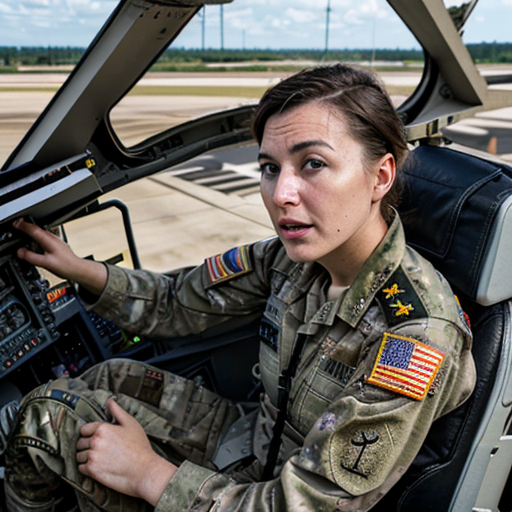[…]
The AWARE program, a project of the US Defense Advanced Research Projects Agency (DARPA), aims to develop a new version of dextroamphetamine that can be activated or deactivated through exposure to near-infrared light. This would enable near-infrared light emitters in a helmet to selectively activate the stimulant in the brain’s prefrontal cortex, and then switch it off when not needed – allowing US military pilots to maintain maximum alertness on duty and catch up on sleep more easily afterward.
If it succeeds, DARPA’s AWARE technology could specifically avoid activating the stimulant in parts of the brain where it might cause unwanted side effects, such as anxiety or euphoria. A euphoric response can also increase the risk of addiction, another unwanted outcome. This may allow military personnel to activate smaller quantities of dextroamphetamine molecules in order to “truly tailor the dosage to the pilot in a personalised way”, says Pedro Irazoqui, program manager for the AWARE project.
The US military has used dextroamphetamine for decades, since the Vietnam War. When a US-led coalition defeated the Iraqi invasion of Kuwait in 1991, a survey showed most F-15 Eagle fighter pilots reported using the stimulants during combat air patrols. But in addition to its addictive potential, the drug’s side effects “can adversely impact team performance”, and the long-lasting stimulant effect can prevent military personnel from taking advantage of naps, according to the DARPA program description. The Air Force suspended stimulant use between 1996 and 2001. However, pilots flying B-2 Spirit bombers were once again using dextroamphetamine during the US invasion of Iraq in 2003.
[…]
Some of the main challenges involve modifying the dextroamphetamine molecule so one portion changes only in the presence of a specific band of near-infrared light, along with making sure that this “PhotoDex” version cannot work in the absence of such light, says Irazoqui. DARPA also plans to work closely with both helmet manufacturers and the US Air Force to ensure the wearable light emitters are compatible with US military headgear.
No photoswitchable drugs have made it into clinical use yet, says Rafael Gómez-Bombarelli at the Massachusetts Institute of Technology. But his research group has used artificial intelligence to design such drugs, and he says technologies exist to help achieve DARPA’s goal.
The DARPA program’s work, which will involve technological development along with safety and efficacy testing in animals, is expected to begin in the fall of 2024 and continue until the fall of 2027. Then the US Air Force plans to take over and begin experiments with humans.
[…]
Source: Light-activated drugs could keep sleep-deprived military pilots alert | New Scientist

Robin Edgar
Organisational Structures | Technology and Science | Military, IT and Lifestyle consultancy | Social, Broadcast & Cross Media | Flying aircraft

